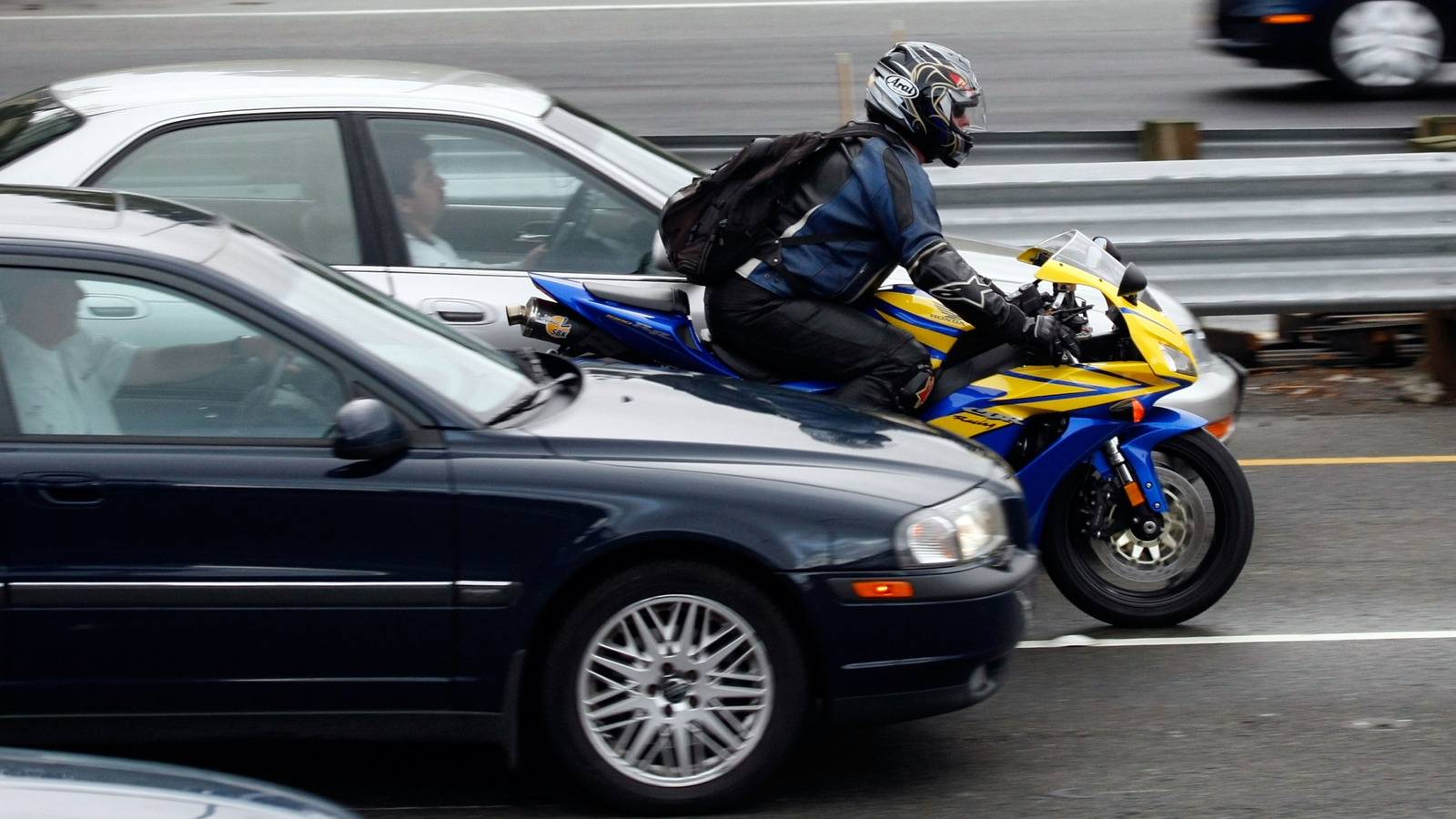Where Can You Legally Lane Filter on a Motorcycle in the U.S.?
If you’ve ever sat in bumper-to-bumper traffic on a motorcycle, you’ve probably wondered: Can I just slip between these cars? In some parts of the world, lane filtering—riding a motorcycle between lanes of slow or stopped traffic—is not only legal, it’s expected. But in the U.S., the rules are a patchwork, and knowing where you can legally filter could save you from a pricey ticket or worse.
Which States Allow Lane Filtering, and What’s the Difference From Lane Splitting?
Let’s clear up the jargon first. Lane filtering typically means moving between cars at low speeds, usually when traffic is stopped or crawling. Lane splitting, on the other hand, often refers to riding between lanes at higher speeds. The distinction matters, because laws often treat them differently.
As of 2024, California remains the only state where lane splitting is explicitly legal statewide. California’s Department of Motor Vehicles even provides safety tips for riders and drivers alike. Utah and Montana have both legalized lane filtering under specific conditions. In Utah, you can filter when traffic is stopped and you’re going under 15 mph on roads with a speed limit of 45 mph or less. Montana’s law, passed in 2021, allows filtering when traffic is stopped or moving slowly, but only if you’re going under 20 mph.
Arizona joined the list in 2022, allowing motorcycles to filter between stopped cars on roads with at least two lanes in the same direction and a speed limit of 45 mph or less. The catch: you can’t go faster than 15 mph while filtering.
Other states? Most haven’t budged. In places like Texas, Florida, and New York, lane filtering is still illegal, and you could face fines or even reckless driving charges if you try it. Some states have considered bills to legalize filtering, but so far, none have made it through.
Is Lane Filtering Actually Safer for Motorcyclists?
Here’s where things get interesting. The debate over lane filtering isn’t just about convenience—it’s about safety. Proponents point to studies from places like California and Australia, where filtering is common, showing that riders who filter are less likely to be rear-ended in stop-and-go traffic. The logic is simple: if you’re not sitting still between two cars, you’re less of a target for distracted drivers.
A 2015 study from the University of California Berkeley found that motorcyclists who lane split in heavy traffic were significantly less likely to suffer head or torso injuries in the event of a crash compared to those who stayed in their lane. The numbers back it up: lane-splitting riders were about half as likely to be struck from behind.
But there’s a flip side. Critics argue that filtering can be risky if drivers aren’t expecting it, especially in states where it’s rare. Sudden lane changes or opening car doors can spell disaster for an unwary rider. That’s why education is crucial—both for riders and for drivers.
What Do Real Riders and Experts Say About Lane Filtering?
Ask a group of experienced riders, and you’ll hear a chorus of support for filtering—especially in gridlocked cities. Many say it reduces their stress and keeps them moving, which can actually help prevent overheating (for both the bike and the rider). Some point out that in hot climates, sitting in traffic can be downright dangerous, leading to heat exhaustion or even engine failure.
Law enforcement and safety experts, meanwhile, tend to take a cautious approach. The National Highway Traffic Safety Administration (NHTSA) acknowledges the potential benefits but urges states to pair any legalization with public awareness campaigns. The goal: make sure everyone on the road knows what to expect.
How to Filter Safely If It’s Legal in Your State
If you’re lucky enough to live in a state where filtering is legal, a few simple habits can make all the difference. Keep your speed low—never more than 10-15 mph faster than surrounding traffic, and never over 20 mph total. Stay alert for sudden moves from drivers, especially in dense urban areas. And always check your local laws, because the rules can change from city to city.
Wearing high-visibility gear and using your horn or lights to signal your presence can help, too. And if you’re new to filtering, start slow. Practice in low-traffic situations until you’re comfortable.
Will More States Legalize Lane Filtering Soon?
Momentum is building. With more data showing the safety and efficiency benefits, and as urban congestion gets worse, several states are considering pilot programs or new legislation. Advocates hope that as drivers see filtering in action, resistance will fade.
The big takeaway? Lane filtering isn’t about perfection—it’s about smarter adjustments. Start with one change this week, and you’ll likely spot the difference by month’s end. Whether you’re a rider or a driver, a little awareness goes a long way toward safer, saner commutes.


